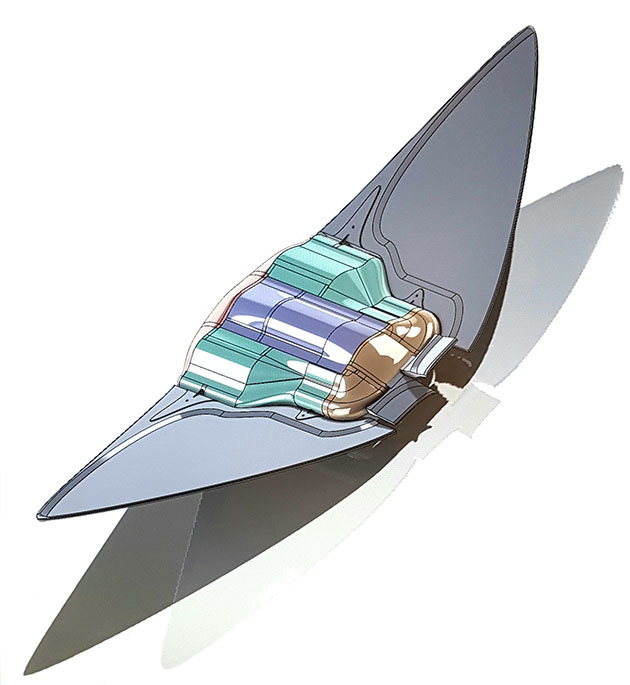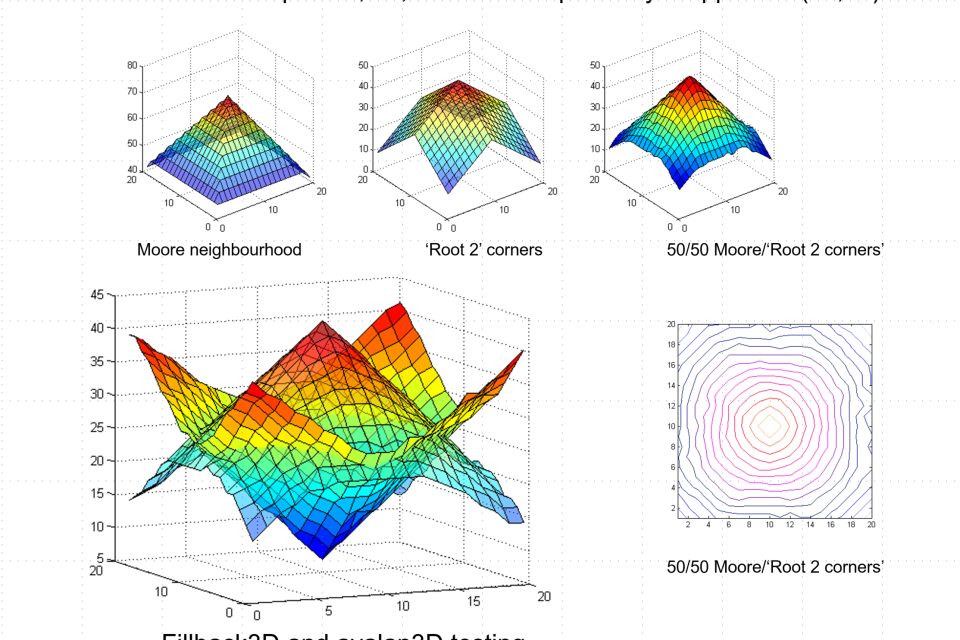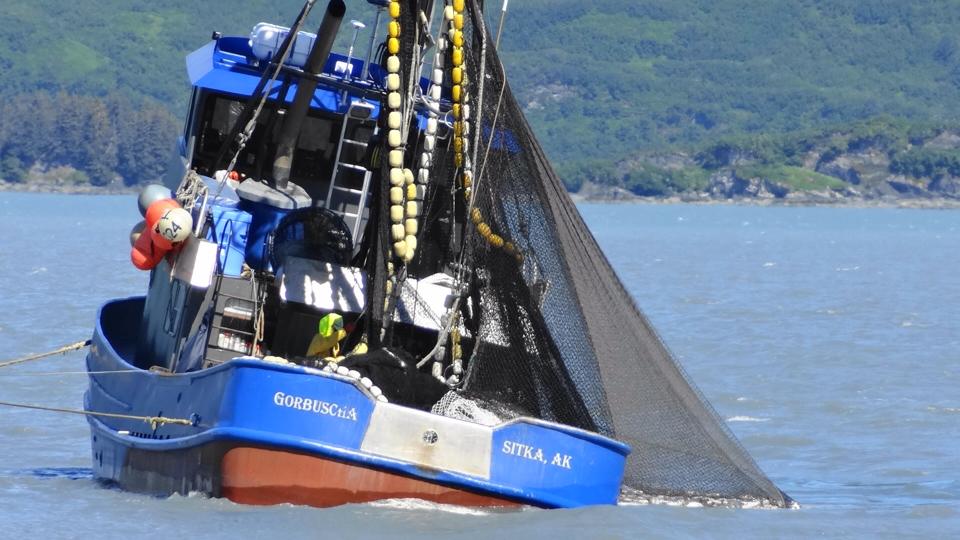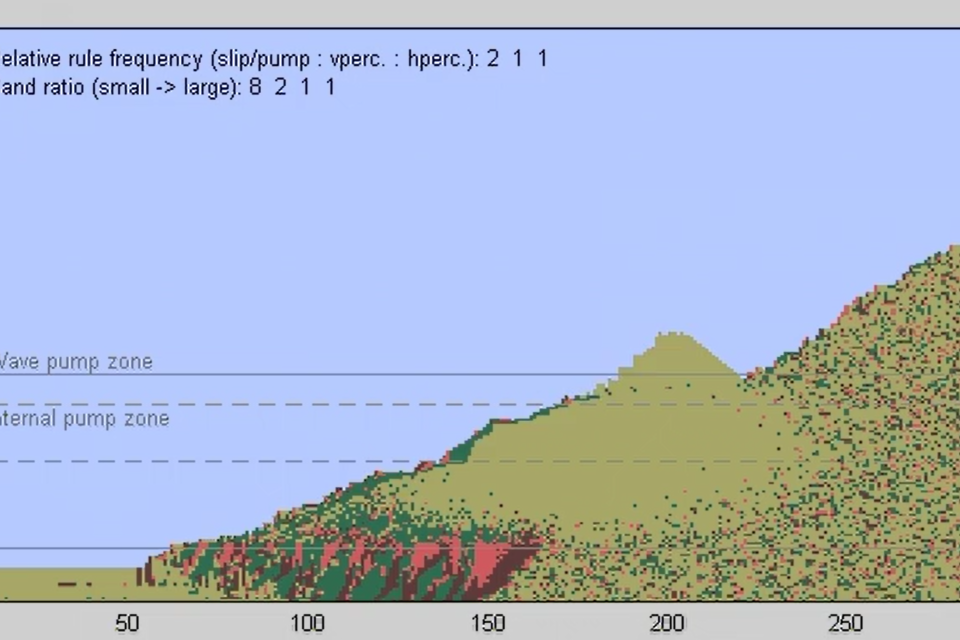
Small scale water models
These models were made to predict the changes to fish habitat that might result from developments in rivers. By small scale I mean rivers 2 m wide to 20 m wide over distances of less than a few kilometres. Usually we were employed to look at the changes […]









